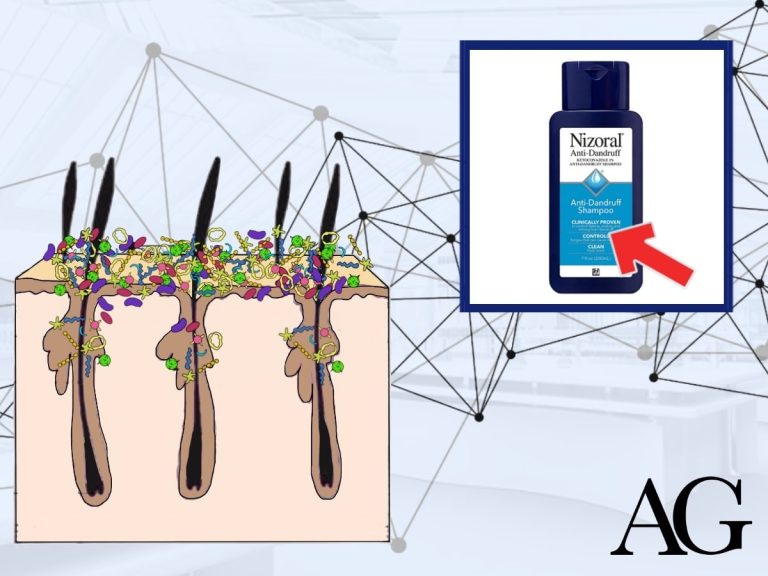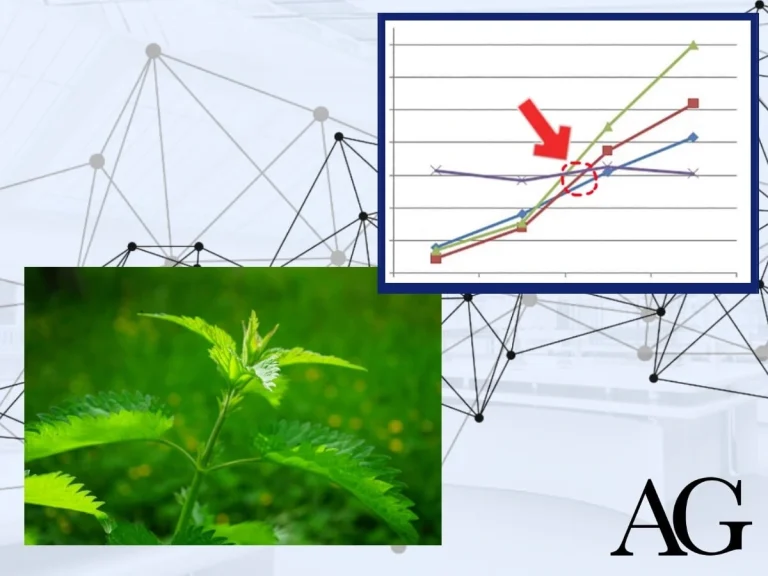When it comes to hair loss, people are often quick to blame it all on genetics. I often hear people say a variation of: “If your mother’s father was bald… blah diblah diblah…….”.
Don’t get me wrong, in its own right, the argument that genetics is responsible for hair loss is correct. After all, this study surveyed 54 men with significant hair loss and then examined their fathers. They identified that 81.5% of balding sons had fathers who also experienced significant balding.
It looks like genetics is certainly a factor. However, blaming balding exclusively on genetics is a very one-dimensional argument that renders hair loss sufferers like yourself helpless (because, after all, who can change their own genetic makeup?)
It is important to understand that there are multiple types of alopecia (hair loss) and each type can have separate (although sometimes overlapping) causes.
It turns out that certain hairstyles can cause hair loss too. This is known as traction alopecia.
What is traction alopecia?
Traction alopecia is hair loss experienced as a result of long term pulling forces exerted on the hair root1. This can happen if you frequently style your hair into tight braids, tight ponytails, cornrows, dreadlocks or frequently use tight hair rollers.

Hair loss from excessive hair styling traction occurs predominantly in the temporal regions but may develop across the scalp, reflecting the distribution of the traction. The extent of pulling and duration of traction will largely determine the extent to which someone experiences traction alopecia.

Although traction alopecia predominantly occurs on the scalp, it is not limited to this area alone. There have been reports of traction alopecia occurring in the beards of Sikh men who tie their beard in a tight knot.
How does traction alopecia cause hair thinning?
The early stages in the development of traction alopecia are characterised by an increased number of telogen and catagen hair follicles (click here to learn about the hair cycle) resulting in a decreased quantity of anagen hairs.
Additionally, small bumps or pustules may appear on the scalp where hair is being pulled. No scar tissues is observed in the beginning phase of traction alopecia.
As the condition progresses, the mechanical stress on the hairs make broken hairs more prominent and visible.
Over longer periods of time, mechanical damage induced in the hair follicles as a result of the continuous pulling forces exerted on the hair produces a pro-inflammatory response around the hair follicle. Persistent inflammation in turns lends itself to the settlement of fibrotic tissue (fibrotic tissue simply refers to scar tissue) around the hair follicle. Hair channels are gradually replaced with fibrous tracts – reducing the follicular openings/markings across the balding area1.

Increased fibrotic tissue can result in a decrease in blood flow to the hair follicle, resulting in a lack of essential nutrients for hair growth, leading to hair loss.
The dermal papilla can also become severely damaged from the continuous pulling. Damaged dermal papilla will shrink and struggle to initiate new har cycles2.
Eventually, we notice an increased terminal to vellus hair ratio and inflammation subsides in the areas where there no longer is any hair to be pulled.
How to avoid traction alopecia?
The great news is that traction alopecia is preventable. In fact, the solution is quite obvious. It should be no surprise to hear that the best way to avoid traction alopecia is to simply avoid too much tension in your daily choice of hair style!
Hair treated with chemicals (e.g. chemical hair straighteners) is often less resistant to traction as the chemicals can damage the hair shaft, thereby making it more susceptible to tensile forces. Therefore, if you treat your hair with chemicals, it may be advisable to avoid pulling hair styles.
Like most other forms of alopecia, the sooner you identify and take action to stop the progression of hair loss, the better the results you are likely to experience. With regards to traction alopecia, by being mindful of the hair styles you adopt on a regular basis, you may avoid long term regression of your hairline.
Is traction alopecia reversible?
Traction alopecia is referred to as ‘biphasic’, meaning that if you treat it early on enough, prior to the development of any perifollicular fibrosis, lost hair may be recuperated. On the other hand, chronic exposure traction hairstyles, can become permanent if not addressed soon enough.
We often notice that people experiencing androgen alopecia, may be also experiencing an episode of telogen effluvium in parallel. With that in mind, it is possible that someone may be experiencing traction alopecia in tandem with another form of alopecia.
That’s all for this one folks, have a beautiful day!


